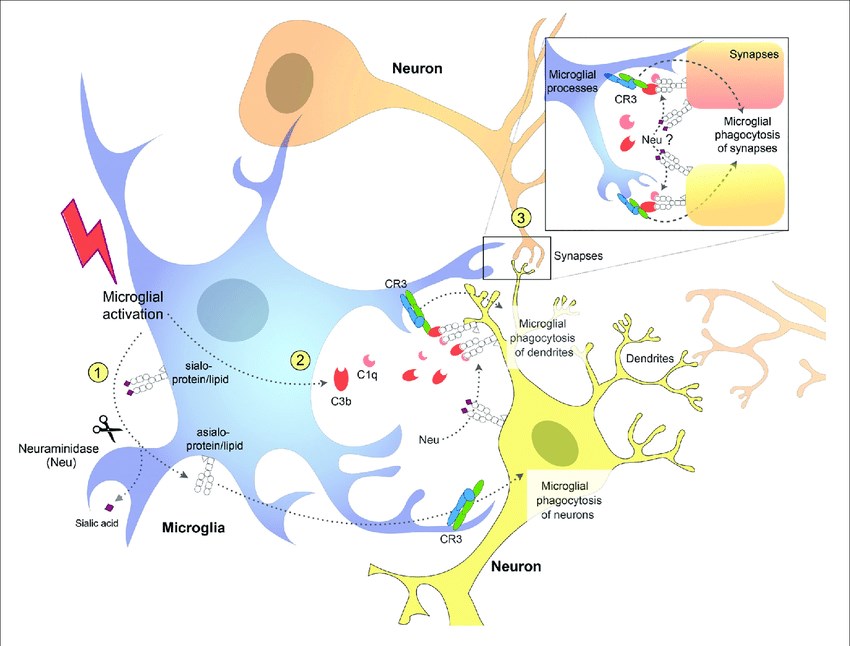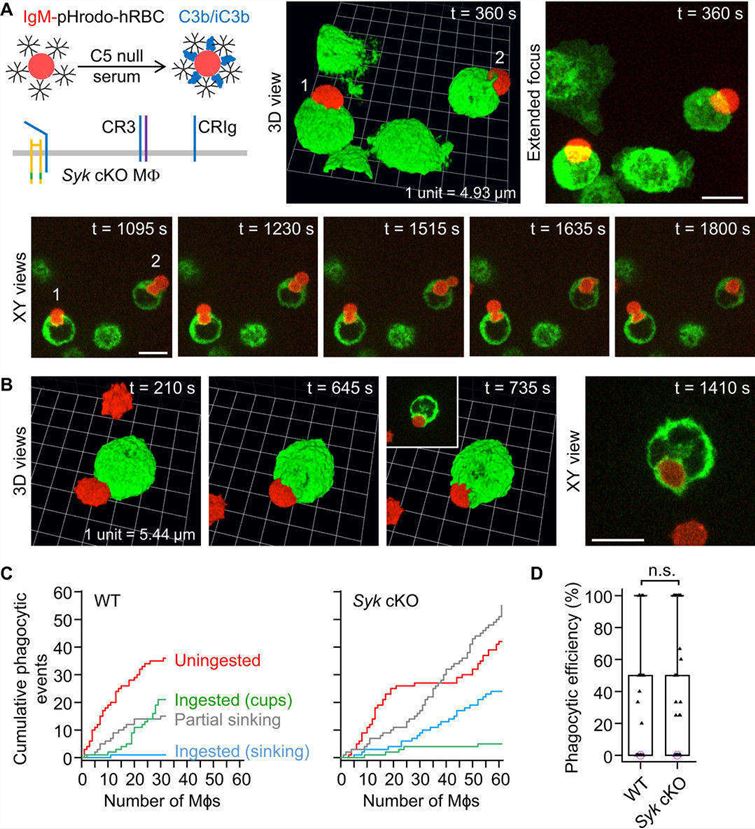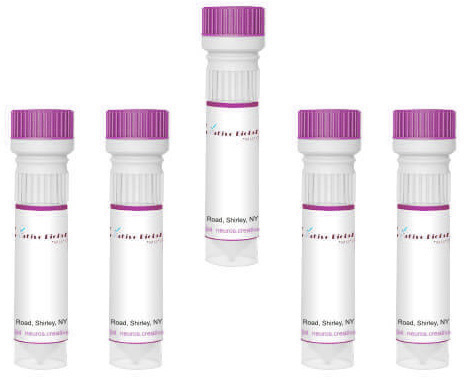Product List Background CR3 Functional Service
Background
CR3 (complement receptor 3) is a heterodimeric protein consisting of α (CD11b) and β (CD18) transmembrane glycoproteins. CD11b is unique for CR3, while CD18 is shared by members of the β2 integrin family including LFA1, CR4, and αdβ2. CR3 is found on monocytes, macrophages, dendritic cells, neutrophils, eosinophils, NK cells, and on some T and B cells. It plays a key role in a variety of biological processes including leucocyte adhesion, activation, recruitment, host defense, phagocytosis, and immune tolerance functions through interacting with numerous ligands such as iC3b, fibrinogen, ICAM-1, ICAM-2, zymosan, factor X, haptoglobin, LPS, and oligodeoxynucleotides. For example, the binding of (1,3)-β-glucan to the lectin domain of CR3 initiates leukocytes for CR3-dependent cytotoxicity of iC3b-bound target cells. Also, CR3 is involved in FcγR-mediated phagocytic cup formation and closure.
Recent studies have reported CR3 is involved in the pathological process of Alzheimer’s disease (AD). The microglial CR3 may play a role in the regulation of soluble β-amyloid (Aβ) clearance independent of phagocytosis. Knockout of CR3 in human amyloid precursor protein-transgenic mice results in a decreased Aβ accumulation. Besides, CR3 was also reported to be involved in the regulation of NADPH oxidase activation and dopaminergic neurodegeneration via an Src-Erk-dependent pathway in a two pesticide-induced Parkinson's disease model. CR3 provides a novel insight into the immune pathogenesis of neurodegenerative diseases.
 Fig.1 Schematic diagram showing potential mechanisms for complement receptor 3 (CR3)-dependent microglial phagocytosis of neurons, dendrites, and synapses.1, 3
Fig.1 Schematic diagram showing potential mechanisms for complement receptor 3 (CR3)-dependent microglial phagocytosis of neurons, dendrites, and synapses.1, 3
CR3 Functional Service
Creative Biolabs offers a comprehensive selection of CR3-associated products, including anti-CR3 antibodies. These meticulously developed tools are indispensable for advancing research endeavors aimed at creating therapeutic approaches for a wide array of diseases.
 Fig.2 Illustration of gradual phagocytic activity facilitated by complement receptors in Syk conditional knockout macrophages encountering targets double-opsonized with IgM and complement C3b/iC3b.2, 3
Fig.2 Illustration of gradual phagocytic activity facilitated by complement receptors in Syk conditional knockout macrophages encountering targets double-opsonized with IgM and complement C3b/iC3b.2, 3
Researchers investigated the mechanisms by which CRs, particularly CR3, facilitate phagocytosis, a process long hypothesized yet lacking empirical support. Using real-time 3D imaging and KO mouse models, researchers studied human red blood cell internalization by peritoneal F4/80+ macrophages through CRs and/or FcγRs. They demonstrated that FcγRs rapidly form phagocytic cups in 2-3 min, a process incapacitated by the FcR γ chain, Syk deletion, or mutation. CR3 independently initiates sporadic uptake of complement-opsonized particles via fast, phagocytic cup-like structures from membrane ruffles. Deleting ITAM adaptors or Syk highlighted a slow, 10-25 min, sinking phagocytosis mode with restricted orifices. The study concludes that CR3 facilitates slow sinking phagocytosis, forms cup-like structures through ITAM adaptors and Syk, and participates in FcγR-mediated cup formation and closure.
Creative Biolabs presents a suite of specialized CR3-focused services, incorporating analyses of CR3 interactions and complementary functional solutions, meticulously tailored to support our esteemed clients in both research exploration and clinical applications.
References
-
Puigdellívol, Mar, David H. Allendorf, and Guy C. Brown. "Sialylation and galectin-3 in microglia-mediated neuroinflammation and neurodegeneration." Frontiers in cellular neuroscience 14 (2020): 162.
-
Walbaum, Stefan, et al. "Complement receptor 3 mediates both sinking phagocytosis and phagocytic cup formation via distinct mechanisms." Journal of Biological Chemistry 296 (2021).
-
Distributed under Open Access license CC BY 4.0, without modification.


 Datasheet
Datasheet Fig.1 Schematic diagram showing potential mechanisms for complement receptor 3 (CR3)-dependent microglial phagocytosis of neurons, dendrites, and synapses.1, 3
Fig.1 Schematic diagram showing potential mechanisms for complement receptor 3 (CR3)-dependent microglial phagocytosis of neurons, dendrites, and synapses.1, 3
 Fig.2 Illustration of gradual phagocytic activity facilitated by complement receptors in Syk conditional knockout macrophages encountering targets double-opsonized with IgM and complement C3b/iC3b.2, 3
Fig.2 Illustration of gradual phagocytic activity facilitated by complement receptors in Syk conditional knockout macrophages encountering targets double-opsonized with IgM and complement C3b/iC3b.2, 3
